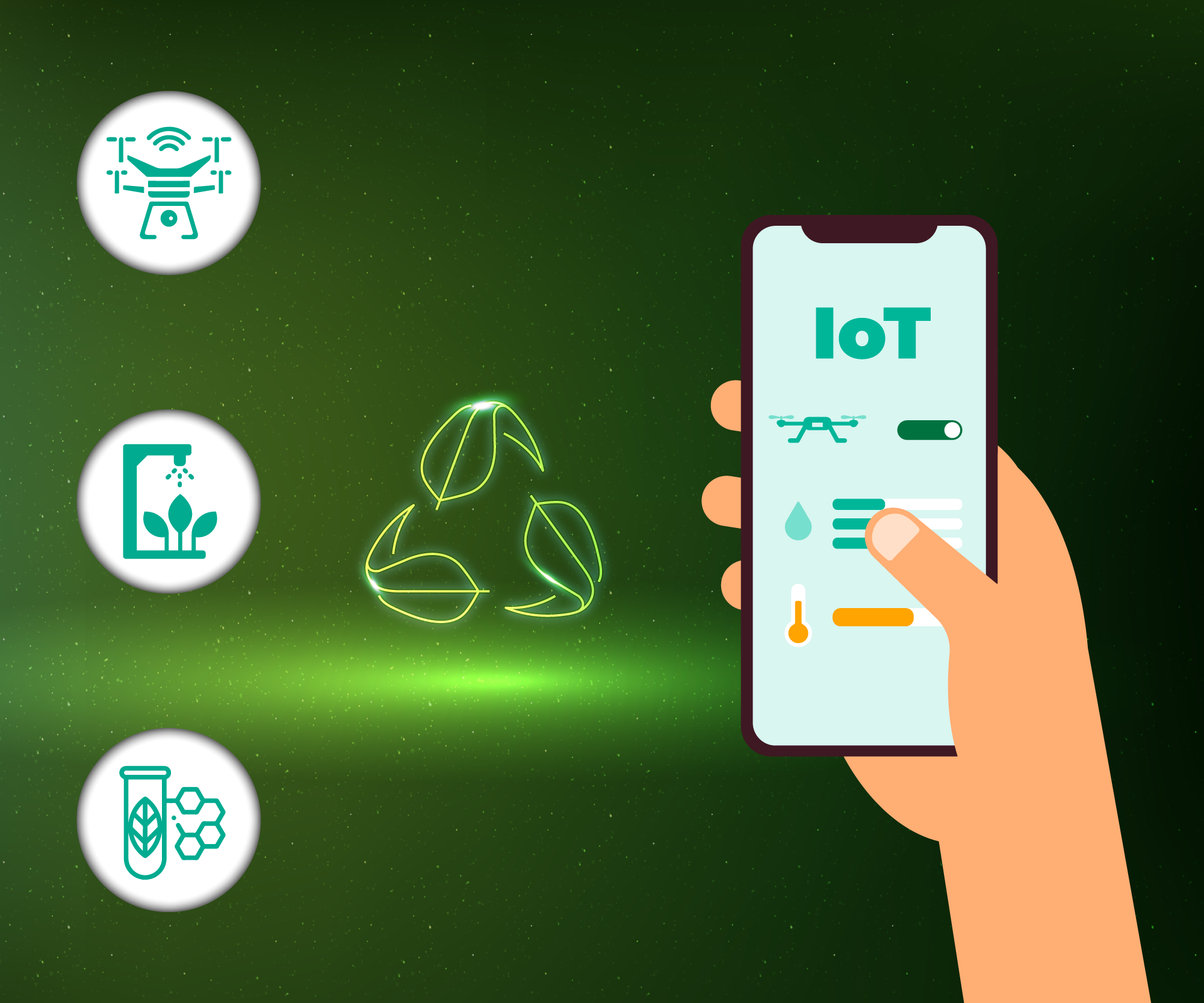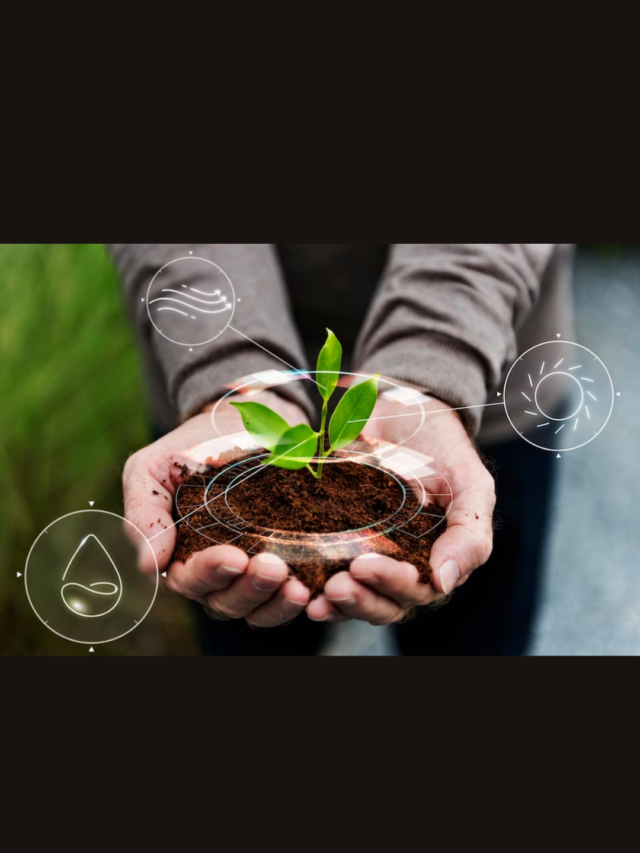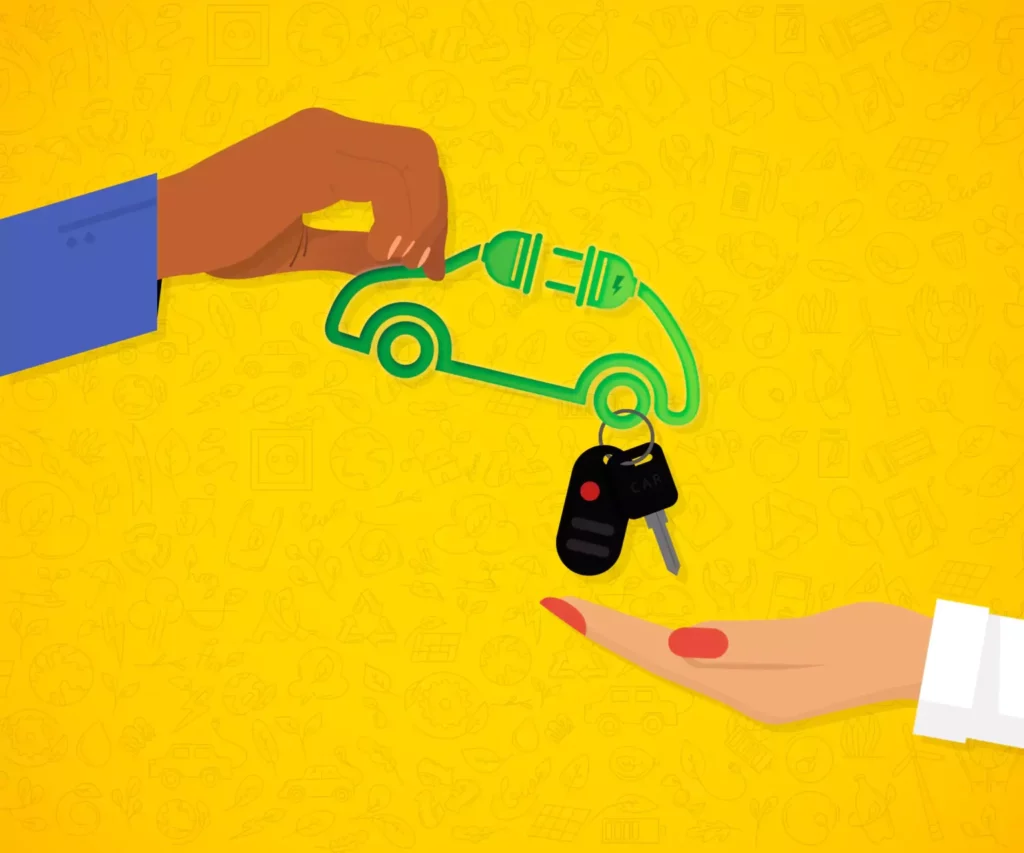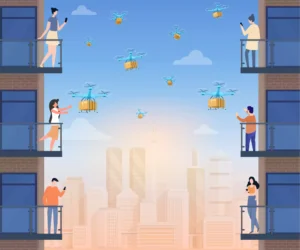
Agriculture has been the bedrock of economic development for centuries, feeding millions and generating employment all around the globe. But unfortunately, agricultural practices have also contributed to global warming and climate change. According to a report by the UN Food and Agriculture Organization (FAO), in 2018, global emissions due to agriculture were 9.3 billion tonnes of CO2 equivalent (CO2eq). In addition, decades of rampant use of chemical fertilisers and pesticides have caused irreparable damage to soil, water, and air. Meanwhile, the cultivation of the same set of crops on large farms has degraded soils worldwide. Though efficient, this production system needs to undergo fundamental changes, as it is destroying the resources on which it depends. Sustainable agriculture has, therefore, emerged as a viable alternative and will drive transformations in the agriculture sector over the next few decades. The fuel that will propel this transition will be sustainable agriculture technologies.
What technologies help in sustainable agriculture?
Pulling agricultural practices out of their traditional mould is a challenging task. A vast majority of people depend heavily on agriculture and allied activities for their livelihood, and any disruption in the established order can have detrimental effects. Technological solutions are the best way out of this issue. Introducing innovations such as farm management software, smartphone apps, and machine learning (ML) in phases into the current system can make these technologies more accessible and affordable. The agricultural industry in several parts of the world has already deployed these technologies to curb carbon emissions and increase farmers’ incomes and profitability.
(1) Drones
The use of drone technology, powered by artificial intelligence (AI) and digital sensors, has opened up many new avenues in precision farming. As a sustainable agriculture technology, drones play a crucial role in crop production, disaster risk reduction, and early warning systems. For instance, DJI’s Agras MG-1 is a drone designed to spread pesticides, herbicides, and fertilisers across a field at precise targets. Such mechanisms ensure that critical farm inputs are not squandered away but rather utilised in a more targeted manner to optimise output.
Drones are also being used for data collection to help in disaster risk reduction activities. International bodies like the FAO are deploying drone technology to reduce the impact of disasters on farms. In the process, drone technology protects farmers’ livelihoods, especially in developing countries. For example, the FAO uses drones with navigation and photogrammetric (i.e., collecting data through images) equipment to map farmlands in the Philippines. Using drones in this manner can help in developing climate adaptation strategies and advanced disaster management. The biggest strength of drones is their ability to collect large amounts of data. This data can then be processed and analysed on agro-related software platforms such as PrecisionHawk’s Smart Agriculture, enabling informed decision-making.
(2) Smart irrigation
Irrigation systems are indispensable to agriculture. Regular and adequate water supply is essential to maintain crops’ quality and nutrient content. However, this exercise incurs enormous costs for farmers. Moreover, using large amounts of water may not necessarily result in higher yields. Therefore, introducing innovative irrigation practices could make farming more sustainable and profitable.
One of the most widely publicised and adopted forms of irrigation is drip irrigation. Also known as localised irrigation, drip technology is devised to supply water close to the roots of plants, thereby enhancing water-use efficiency. Studies have shown that drip irrigation techniques can reduce water usage in agriculture from 30% to 70%. Moreover, sustainable agriculture technologies are fusing drip irrigation with next-generation smart technologies. For example, weather-based irrigation controllers (evapotranspiration controllers) have sensors powered by the Internet of Things (IoT). These sensors assess local weather conditions, such as temperature and precipitation, and modify irrigation schedules accordingly. This sustainable agriculture technology releases farmers from the worry of manually adjusting irrigation timings, saving time, money, and water.
(3) Biotechnology
Advancements in biotechnology can prove to be a game-changer for fostering sustainability in agriculture. Currently, the world faces twin crises—developing a food production system with minimal environmental impact and feeding a rapidly growing population. Our existing mechanisms are not comprehensive enough to counter the two challenges simultaneously. It is essentially an either/or situation. Biotechnology has practical solutions to offer.
A 2022 report by Copenhagen Economics (CE) revealed that switching to biosolutions, such as biofertilisers and biopesticides, can reduce 8% of global greenhouse gas (GHG) emissions by 2030. Furthermore, the magic of biotech is nudging people toward sustainable diets, which, in other words, means increasing the consumption of plant-based proteins and progressively reducing the intake of animal-based proteins. This has also created new pathways for innovation. For example, BIOMILQ, a US-based startup, has formulated the world’s first lab-grown infant milk. Additionally, organisations like the Novo Nordisk Foundation are building open, patent-free platforms to promote research and innovation in sustainable food systems. Genetically Modified (GM) seeds are also biotech revolutions that have established food security in low-income countries. Concerning agricultural biotechnology, the only problems may be regarding the safety of biotech-based food products and the degree of regulation they are subject to in different countries.
What do sustainable agriculture technologies seek to achieve?
Sustainable agriculture is not a uni-directional, uni-dimensional concept. It covers multiple areas and aims to achieve goals crucial for the farming community. The core principle is integrating modern agricultural development systems with sustainability goals. Thus, sustainable agriculture technologies would conserve resources and use them more judiciously and prudently, which would involve:
- Promoting biodiversity
- Enhancing crop productivity
- Managing water resources for cultivation activities more efficiently
- Preventing soil, water, and air pollution by using organic fertilisers and pesticides
- Enhancing the resilience of crops and soils to extreme weather
- Strategically planting trees and growing crops to prevent soil erosion
The path that sustainable agriculture technologies pave
In no way can sustainable agriculture technologies solve all of agriculture’s problems. They will, nonetheless, be instrumental in boosting the socio-economic welfare of people at large. For farmers, new farming techniques will reduce input costs while at the same time increasing output. For consumers, the natural consequence would be lower and possibly stabler food prices. These impacts are significant for underdeveloped countries with high poverty and acute food insecurity. National and local governments will become essential stakeholders in this process. They must actively encourage the adoption of innovative farming technologies through policy initiatives, incentives, and awareness campaigns. In large economies such as India and China, such policy measures are already underway. And to their credit, they have achieved some success in a short period.



